
Das Geoparkzentrum öffnet am 2. Mai. Infos dazu finden Sie hier.
Ob Fossiliensuche und Erdgeschichte, Naturgefahren oder Böden, Ressourcen oder Schatzsuche - wir bieten Vieles im Freilandklassenzimmer Geopark Karnische Alpen.
Rufen Sie uns einfach an oder stöbern Sie für weitere Infos hier.
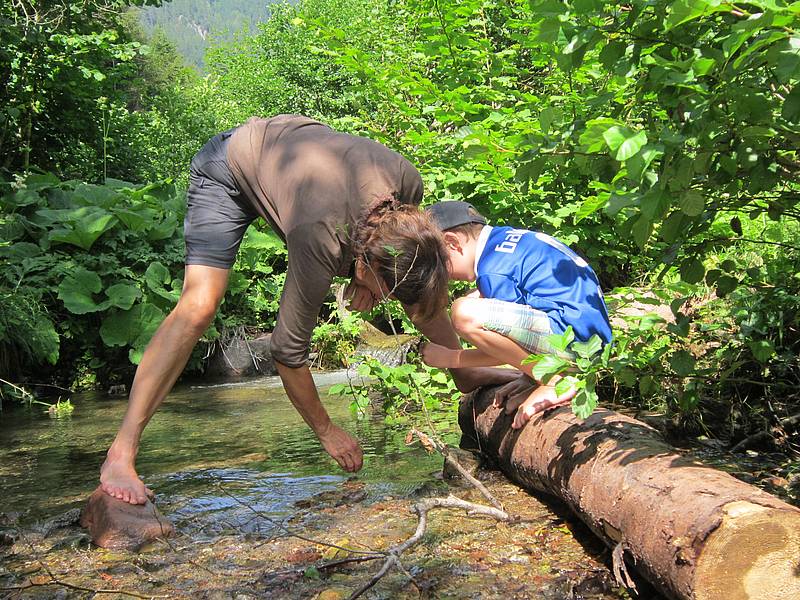
"KÄRNTENS GEOLOGISCHE GEHEIMNISSE"
Seit 2023 erweitert ein interaktives Spiel die Ausstellung im Geoparkzentrum.
Begebt euch gemeinsam oder im Wettbewerb auf eine spannende Reise durch die Welt uralter Fossilien, kostbarer Rohstoffe und einzigartiger Gesteine Kärntens. Sammlelt Punkte, indem ihr knifflige Fragen beantwortet und die gleichzeitig die Geologie Kärntens entdeckt! Bei vielem werdet ihr staunen!
Das Geospiel wurde im Rahmen des Interreg Italien-Österreich Projekts „4193-„Etnospazi“ realisiert und durch den Europäischen Fonds für regionale Entwicklung kofinanziert.
Neueste Messungen haben ergeben, dass die Ur-Saurierfunde von Kötschach-Mauthen mit 295-300 Millionen Jahren noch älter sind als vermutet. Und sind sie damit ohne Zweifel als die ältesten Saurierfossilien Österreichs bestätigt.
Den ältesten Saurierfunden Österreichs und den schönsten Fossilfunden der Region ist die attraktive und interaktive Ausstellung im Geoparkzentrum gewidmet. Details und Eintrittspreise finden Sie hier.
Infos zum Geopark finden Sie in unserem Folder.
Infos zum grenzüberschreitenden Geoparco Alpi Carniche gibt es hier.
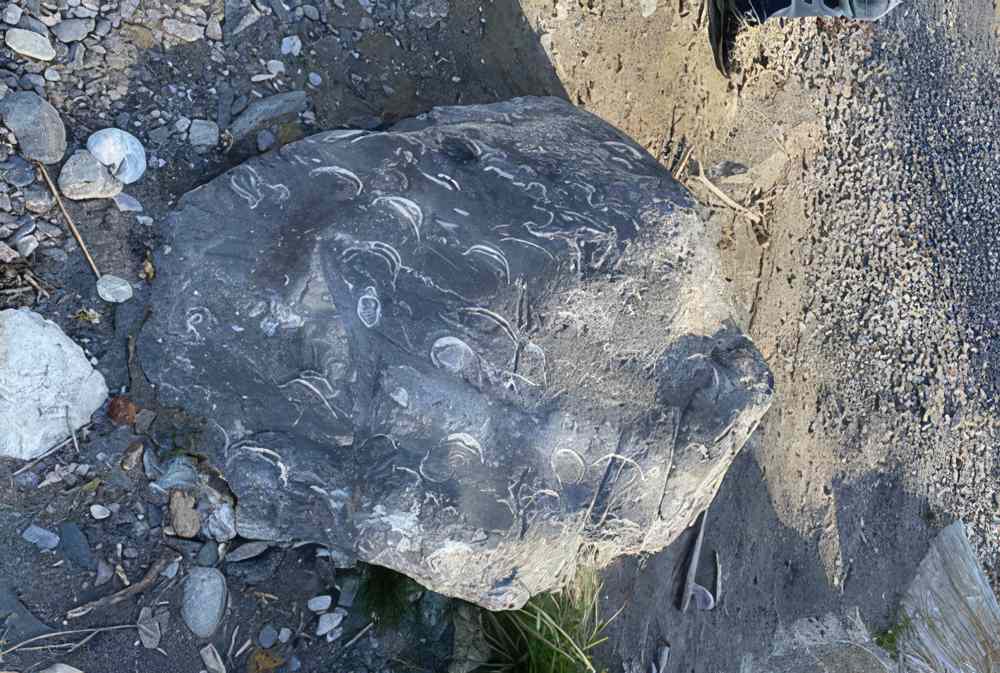 |
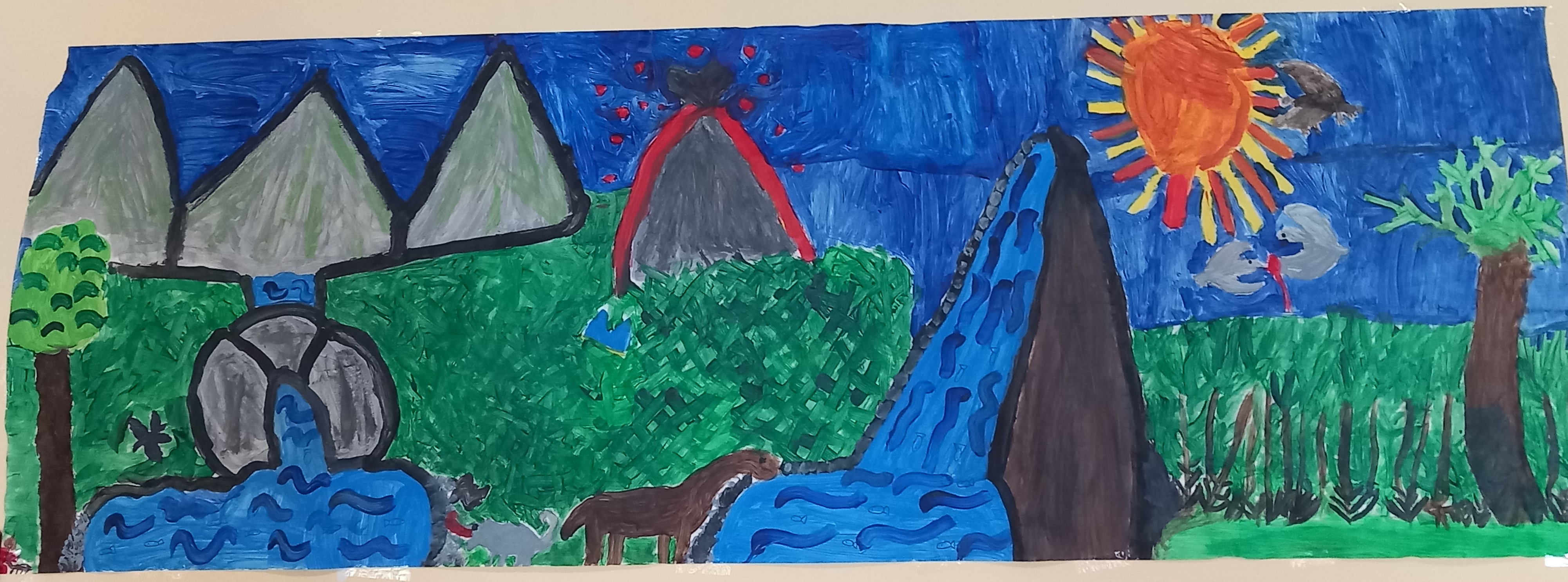
Der ca. 3 Tonnen schwere fossilreiche Kalkstein aus dem Erdaltertum (Silur) der Karnischen Alpen stammt vom Rauchkofel. Aufgrund seiner mehr als tausend fossilen Reste von Orthoceren oder Geradhörnern allein an der Oberfläche des Steins gilt er als exemplarisch für den Fossilreichtum der Karnischen Alpen und beeindruckt alle Besucherinnen und Besucher des Geoparks. Nachdem sich im Laufe der Jahre ein Spalt gebildet hat und der Stein zu zerbrechen drohte, musste der Stein letzten Herbst abgebaut werden, um Gefährdungen von v.a. Personen auszuschließen.
Der Stein wurde im Juni 2023 saniert und wieder vor dem Geoparkzentrum aufgestellt. Das Vorhaben wurde vom Amt der Kärntner Landesregierung Abteilung 14 - Kunst und Kultur gefördert.

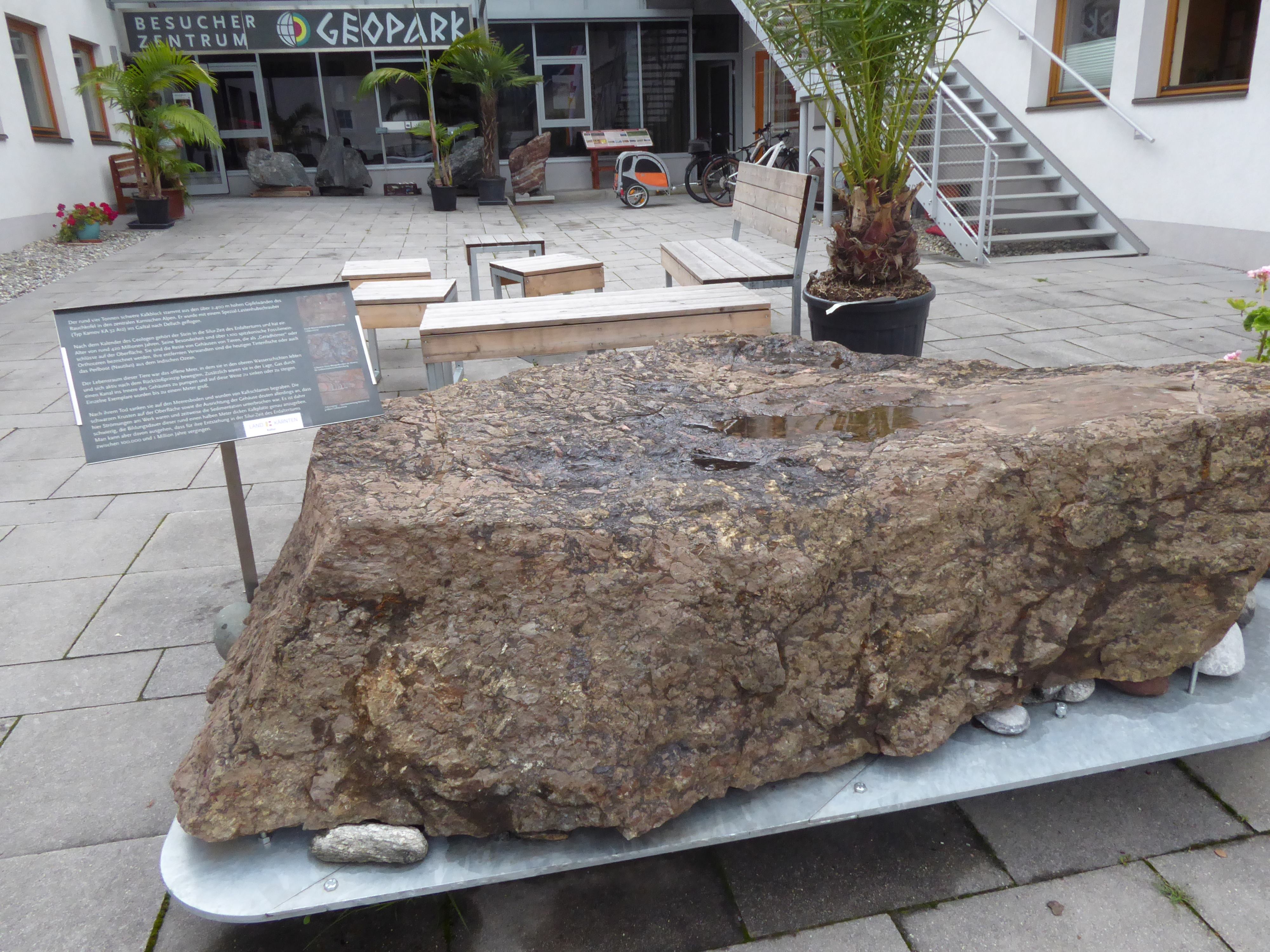
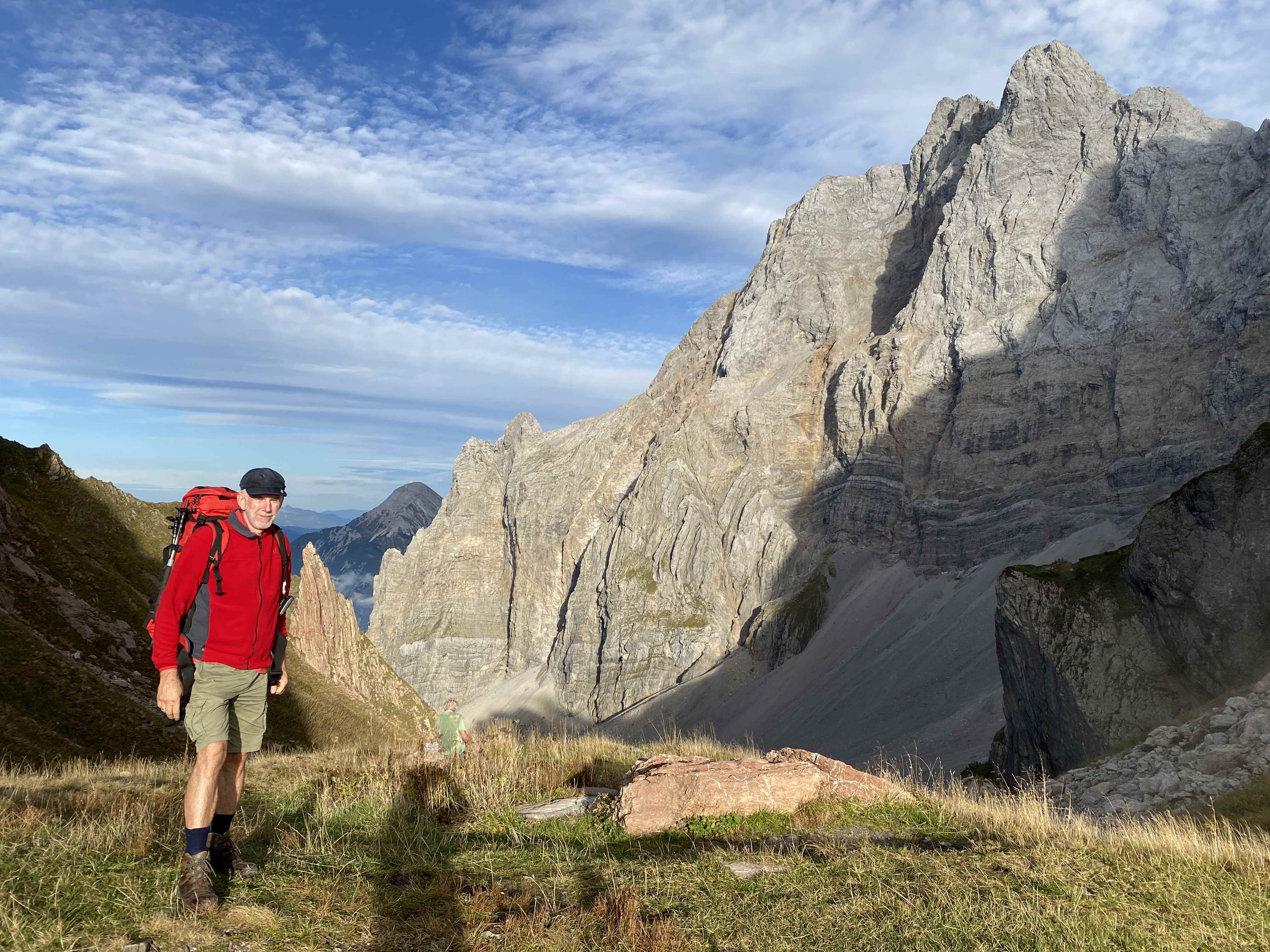 |
Acht Geotrails stehen Ihnen seit 2019 allein auf österreichischer Seite zur Verfügung. Drei Geotrails sind grenzüberschreitend angelegt.
Unseren Folder dazu können Sie hier downloaden.
Detailinfos finden Sie hier.
Infos zu Geotrails im italienischen Teil des Geoparks finden Sie hier.
Am Geotrail Laas ist der Zugang zu den versteinerten Bäumen infolge von Sturmschäden leider gesperrt. Mit einem guten Auge oder Fernglas lässt sich der neun Meter lange Hauptstamm aber im Fels gut erkennen.
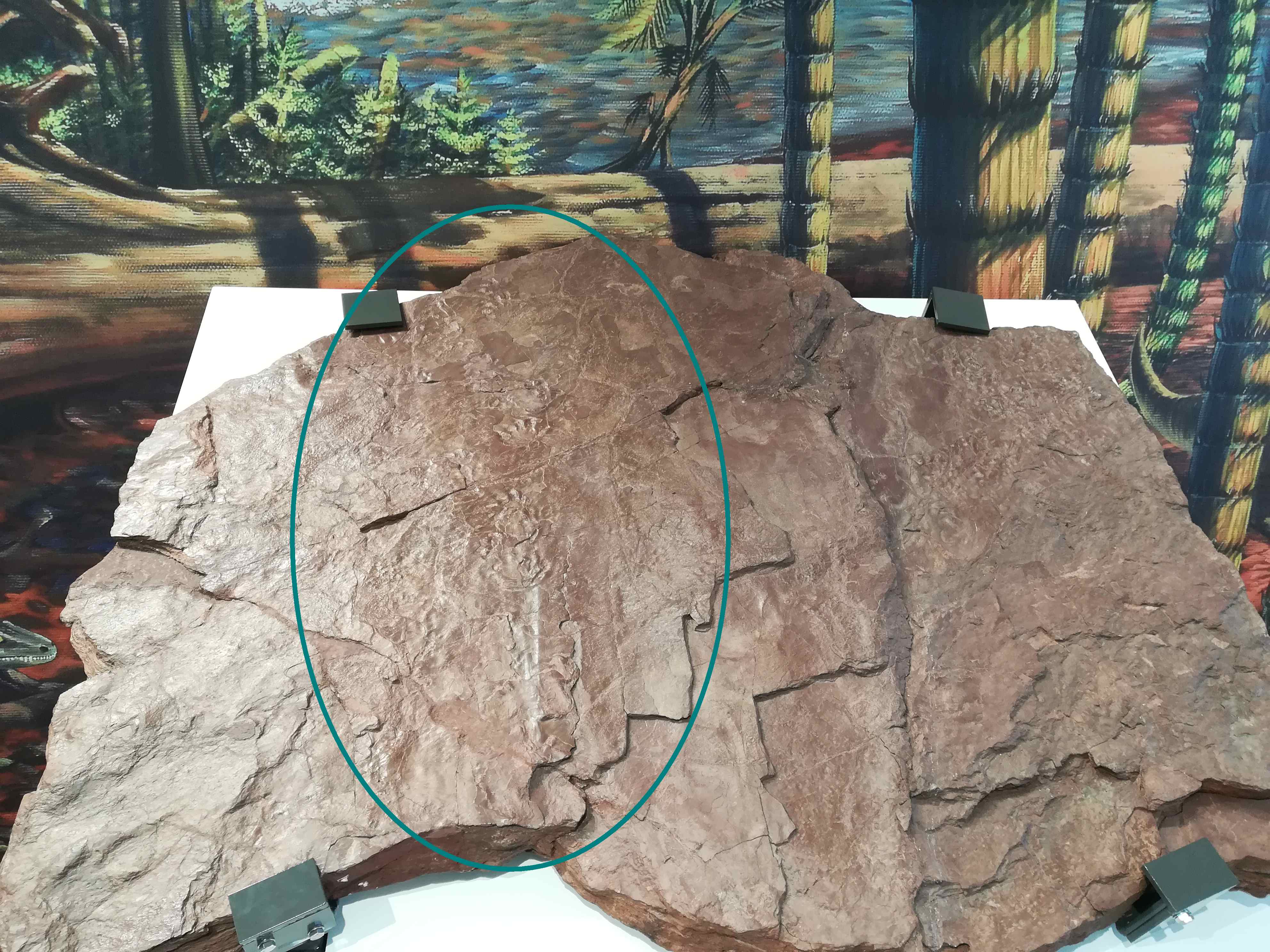 |
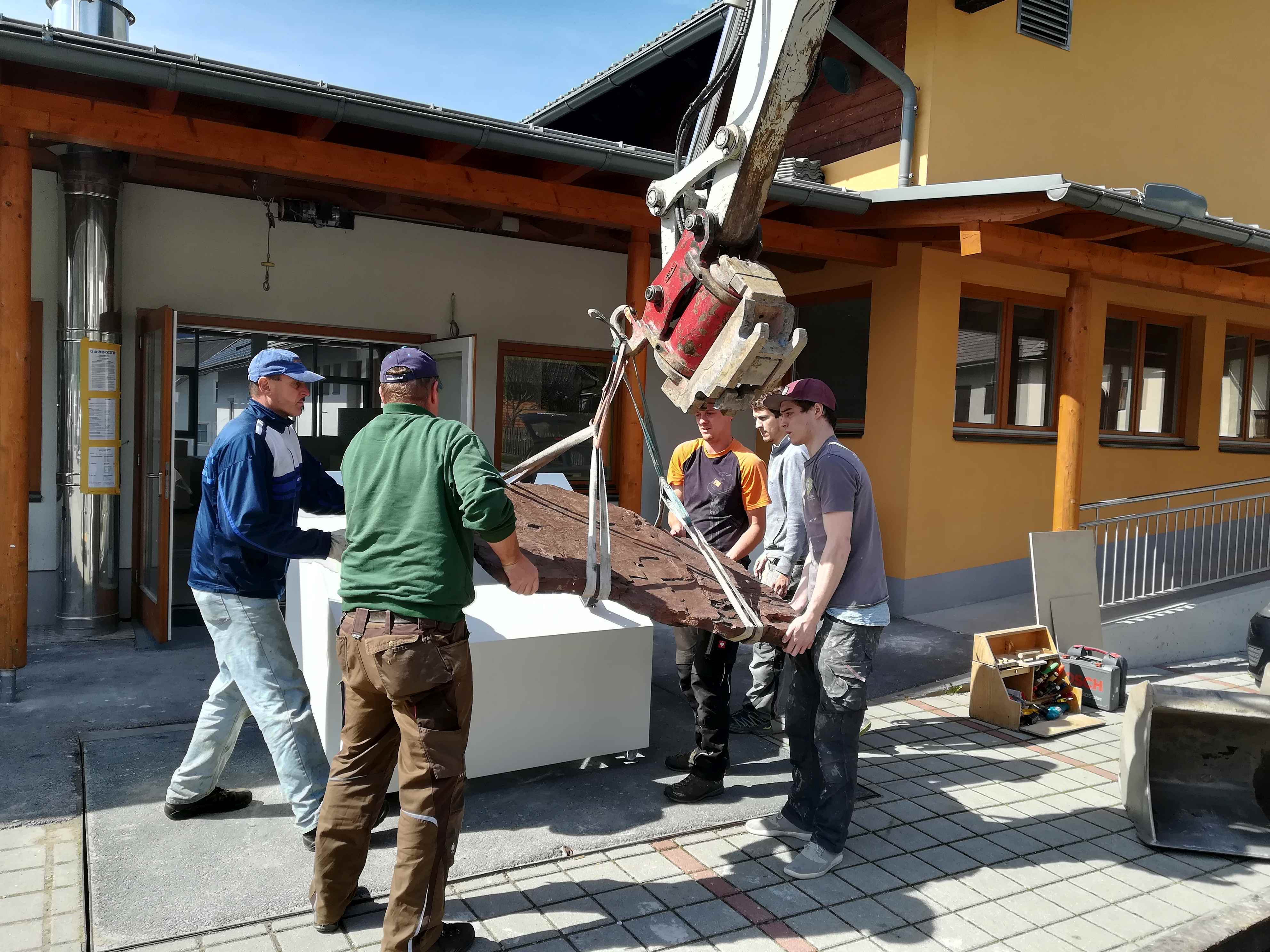 |
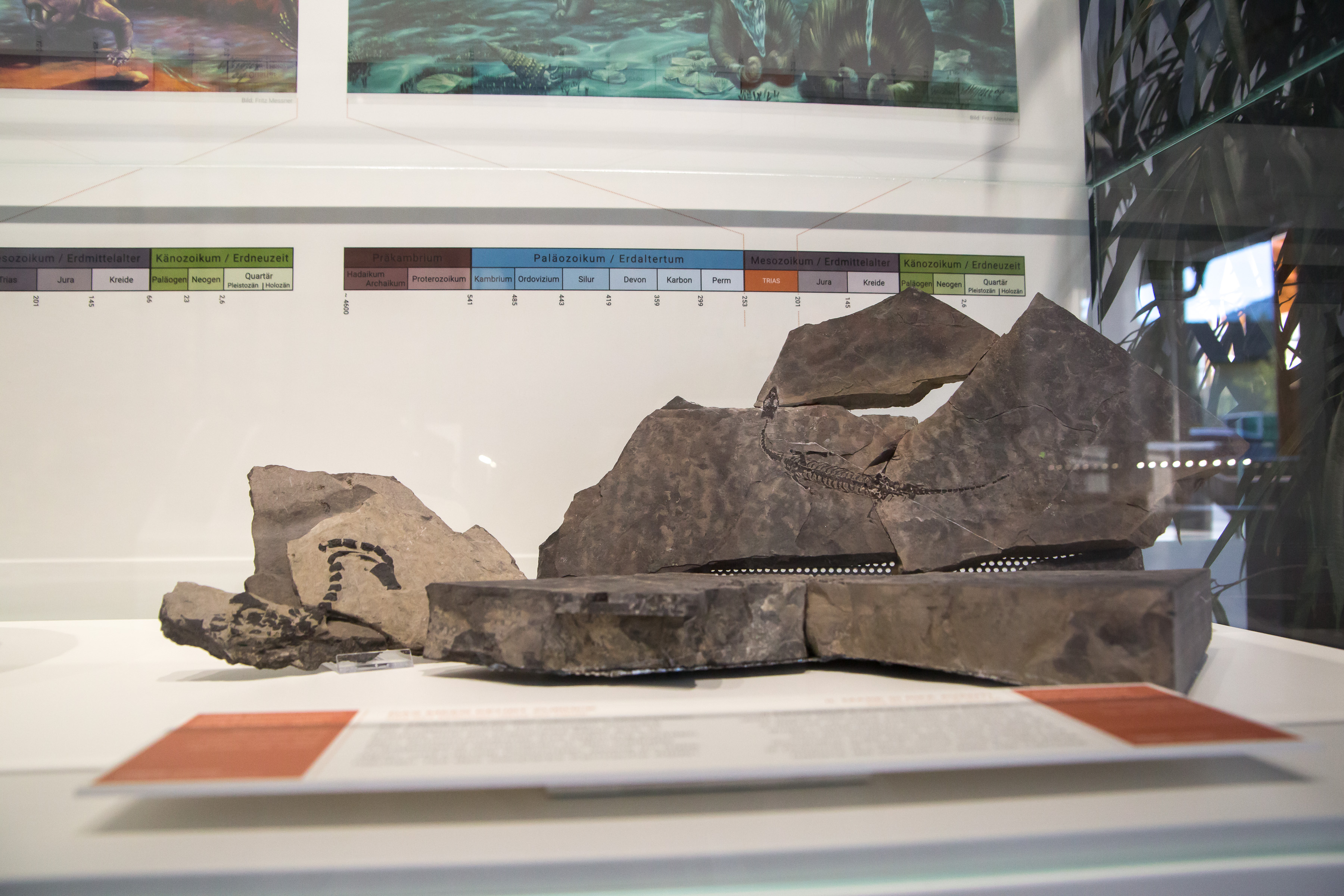 |
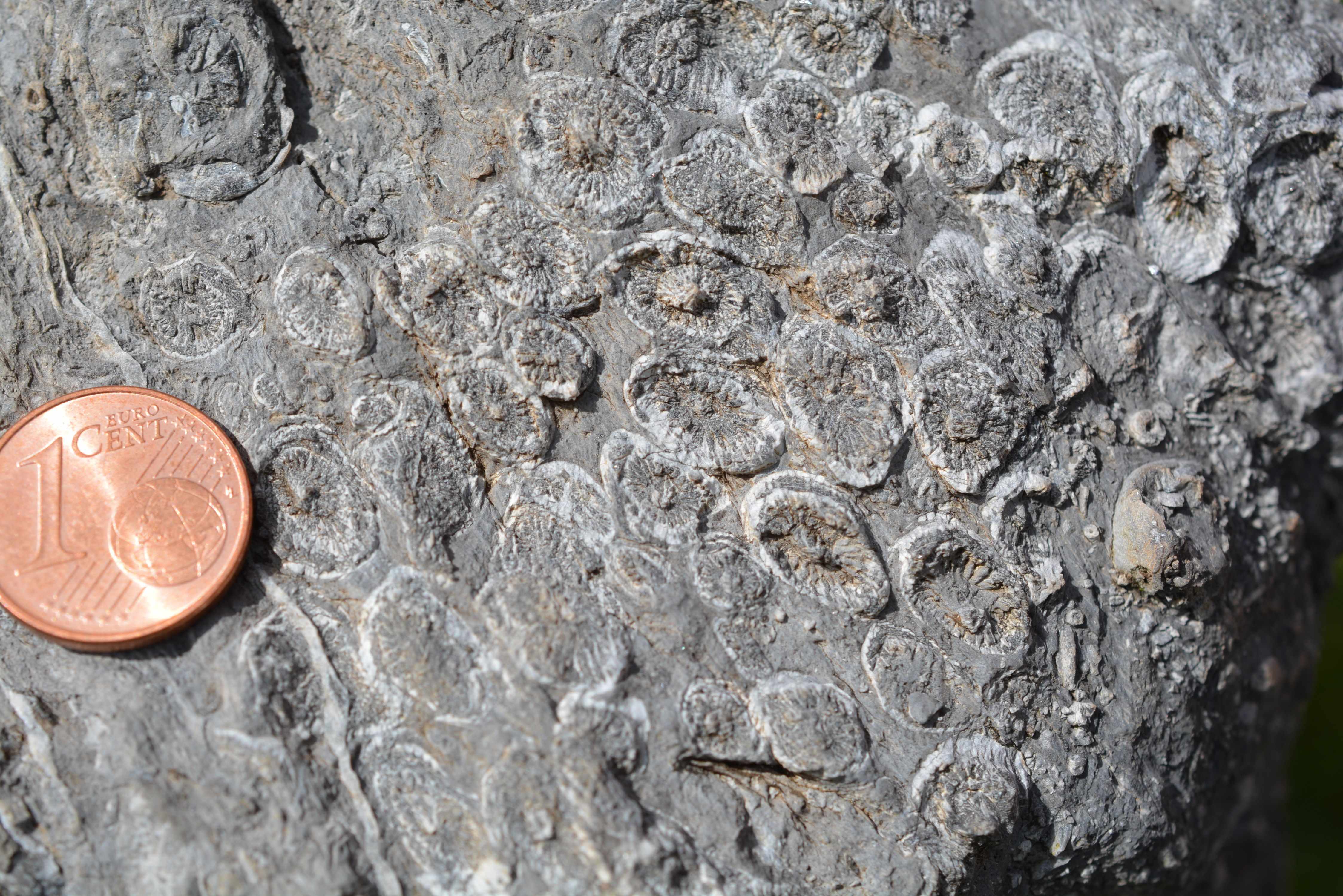 |
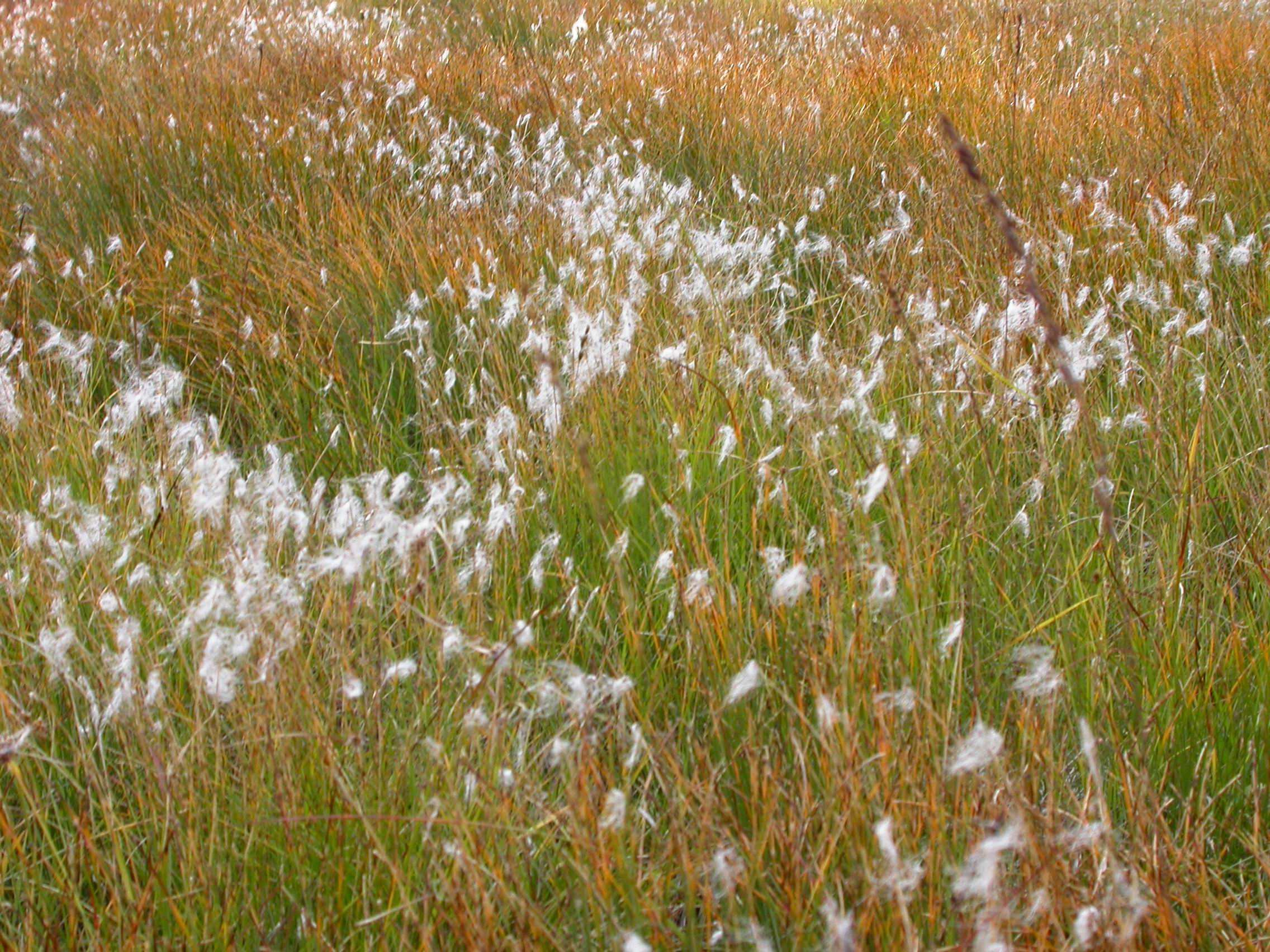 |
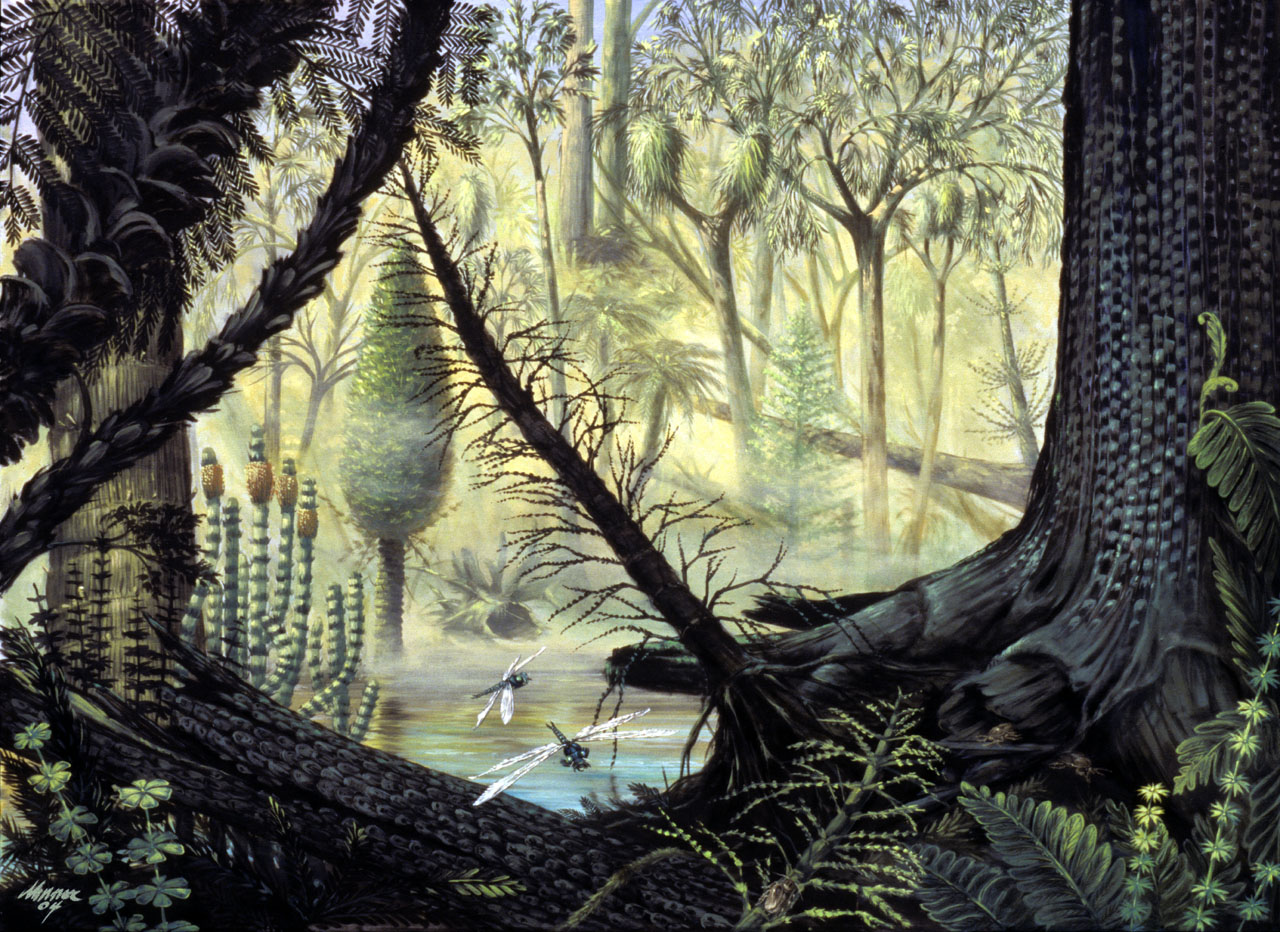 |
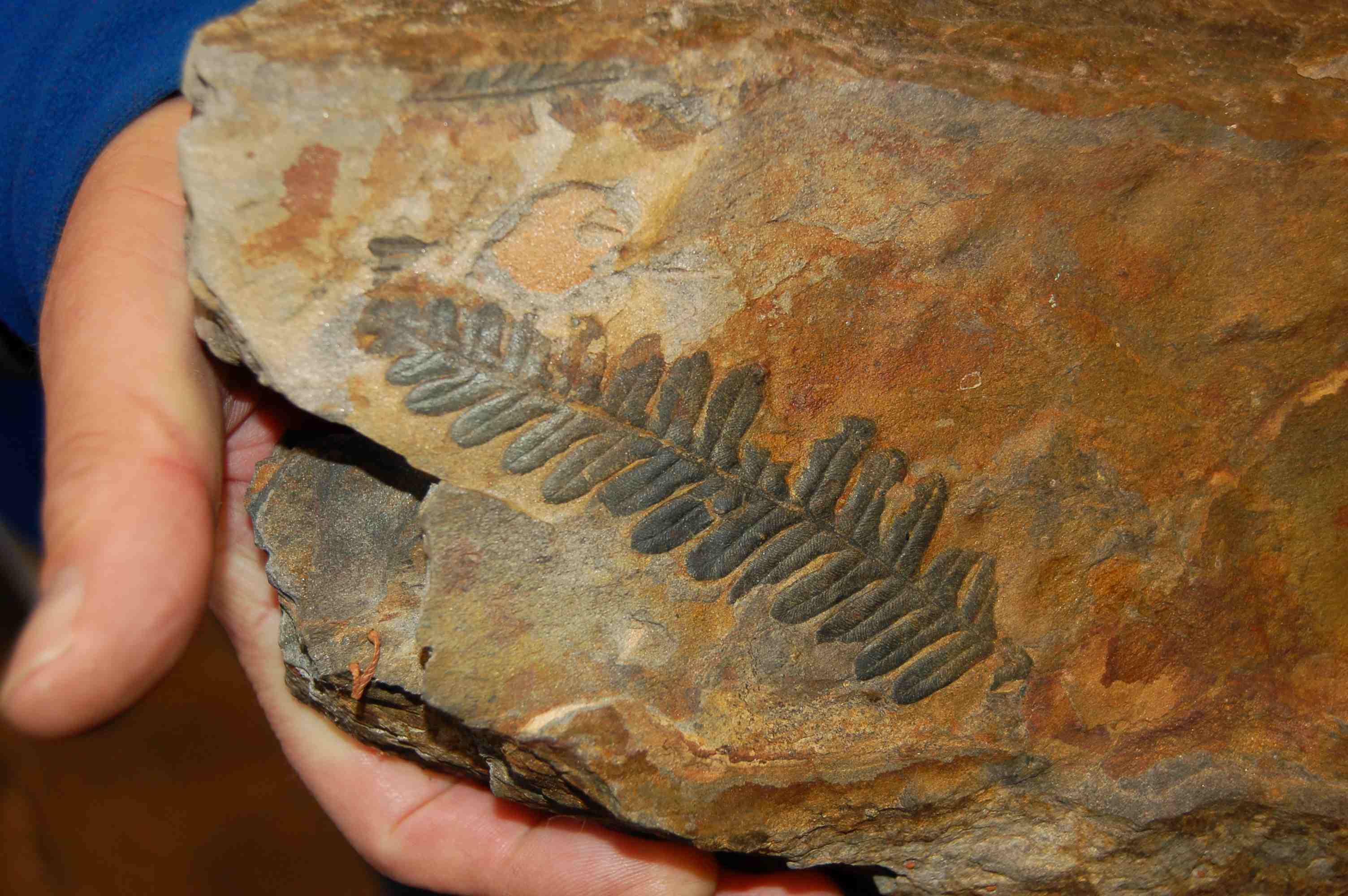 |
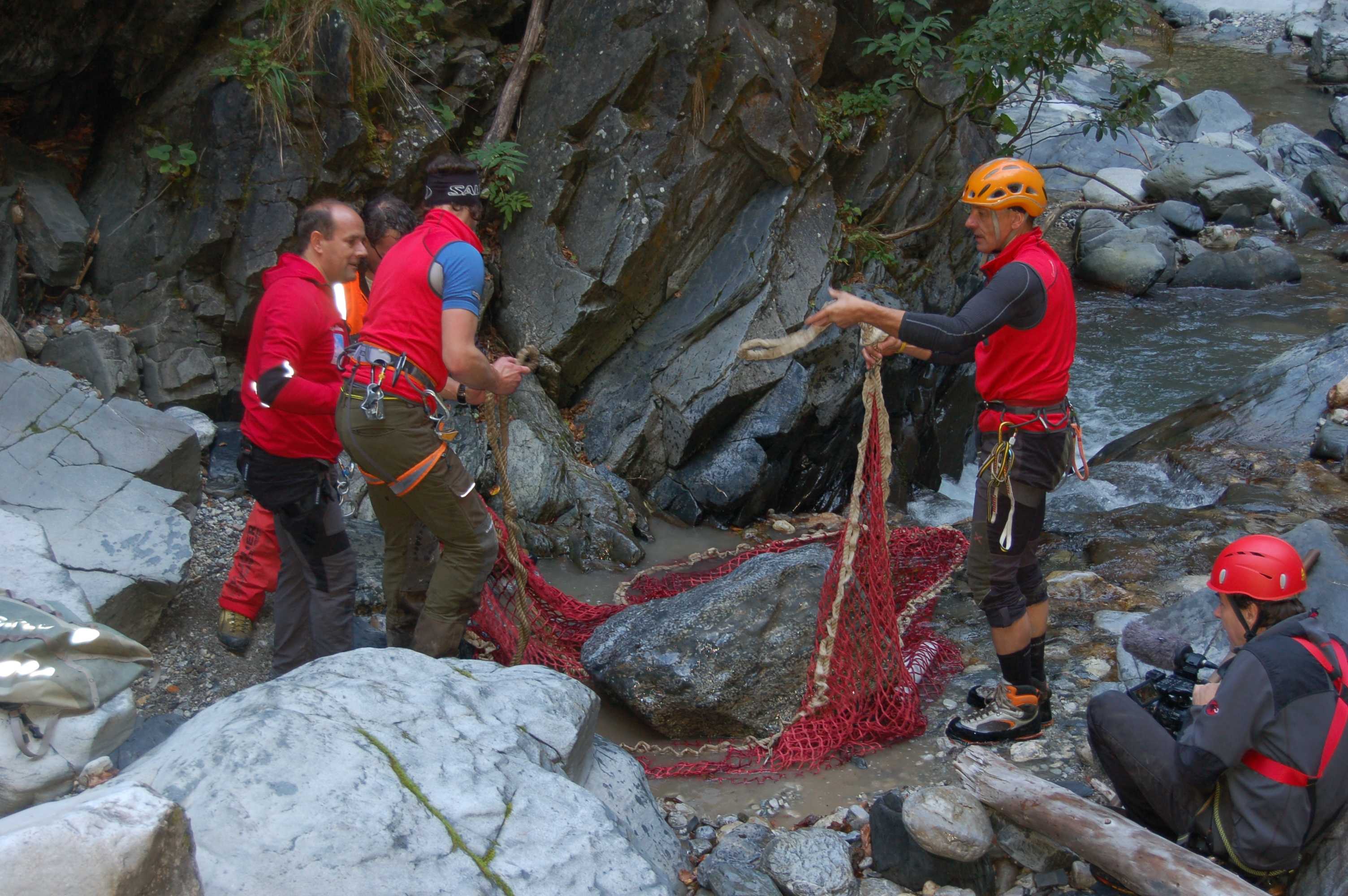 |
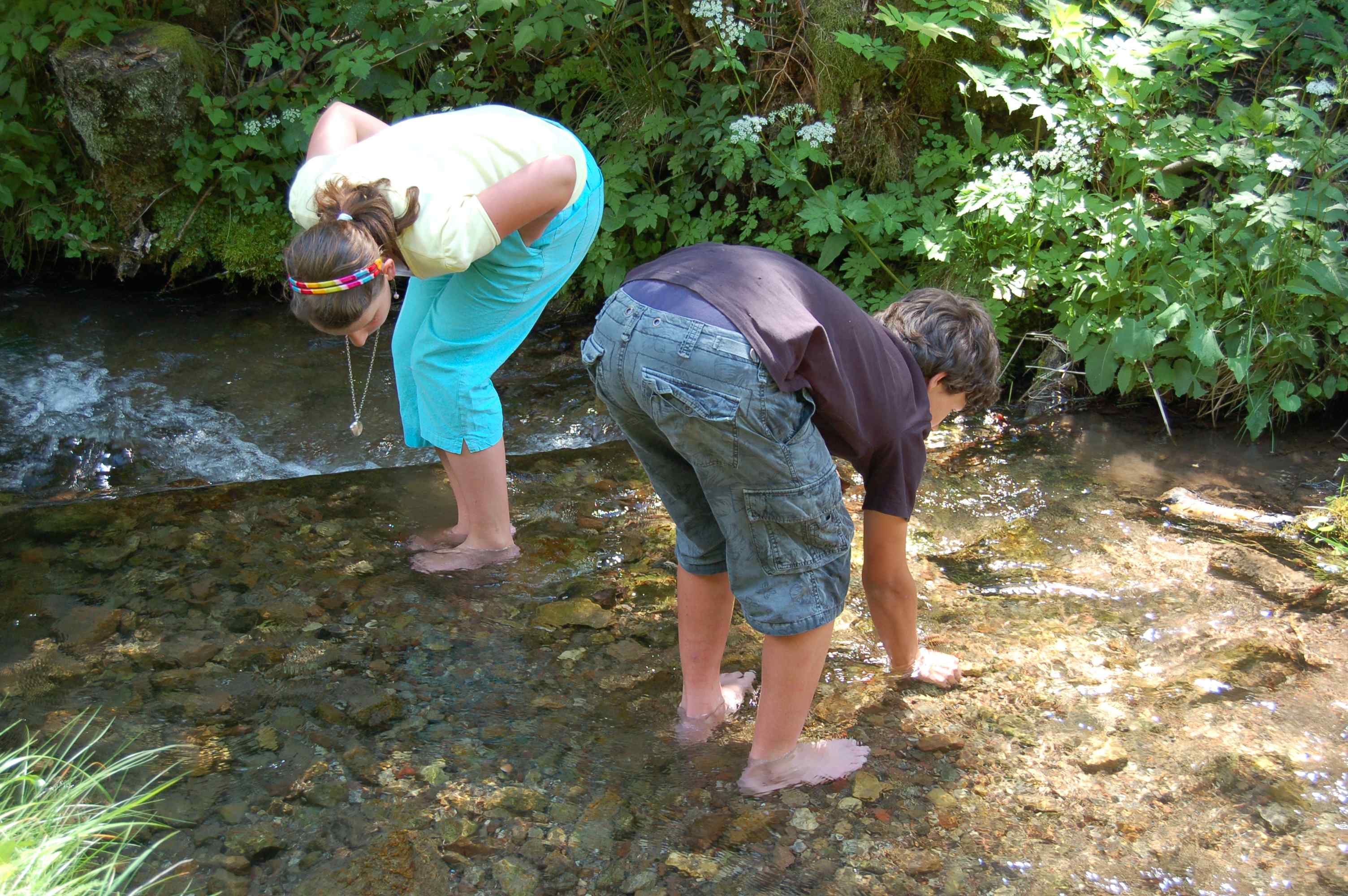 |
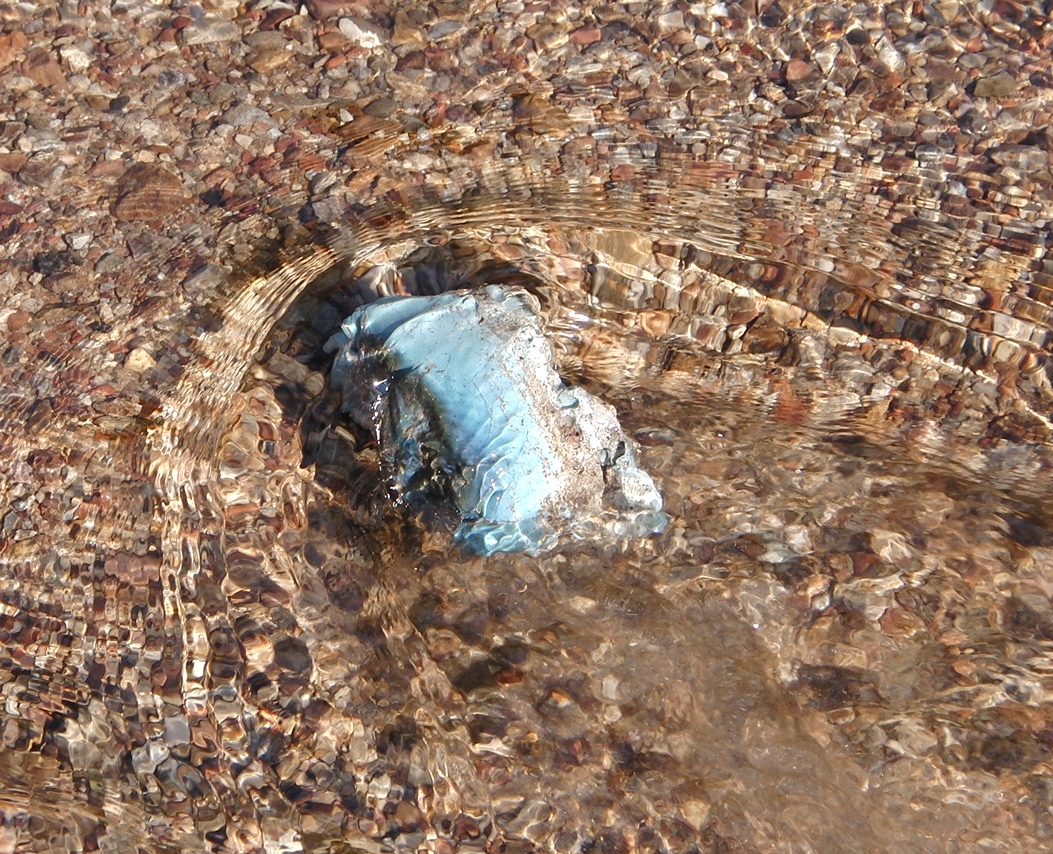 |
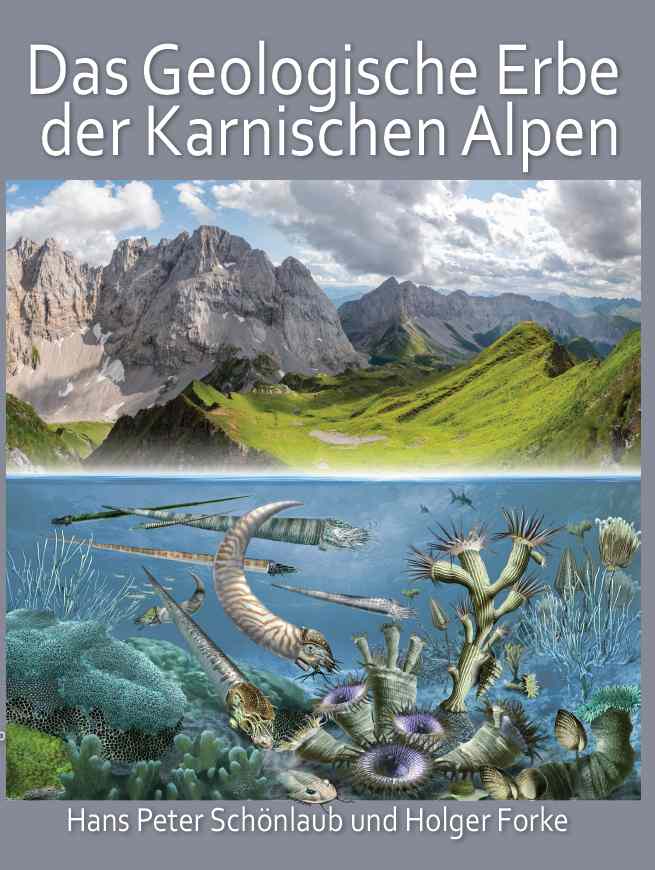 |
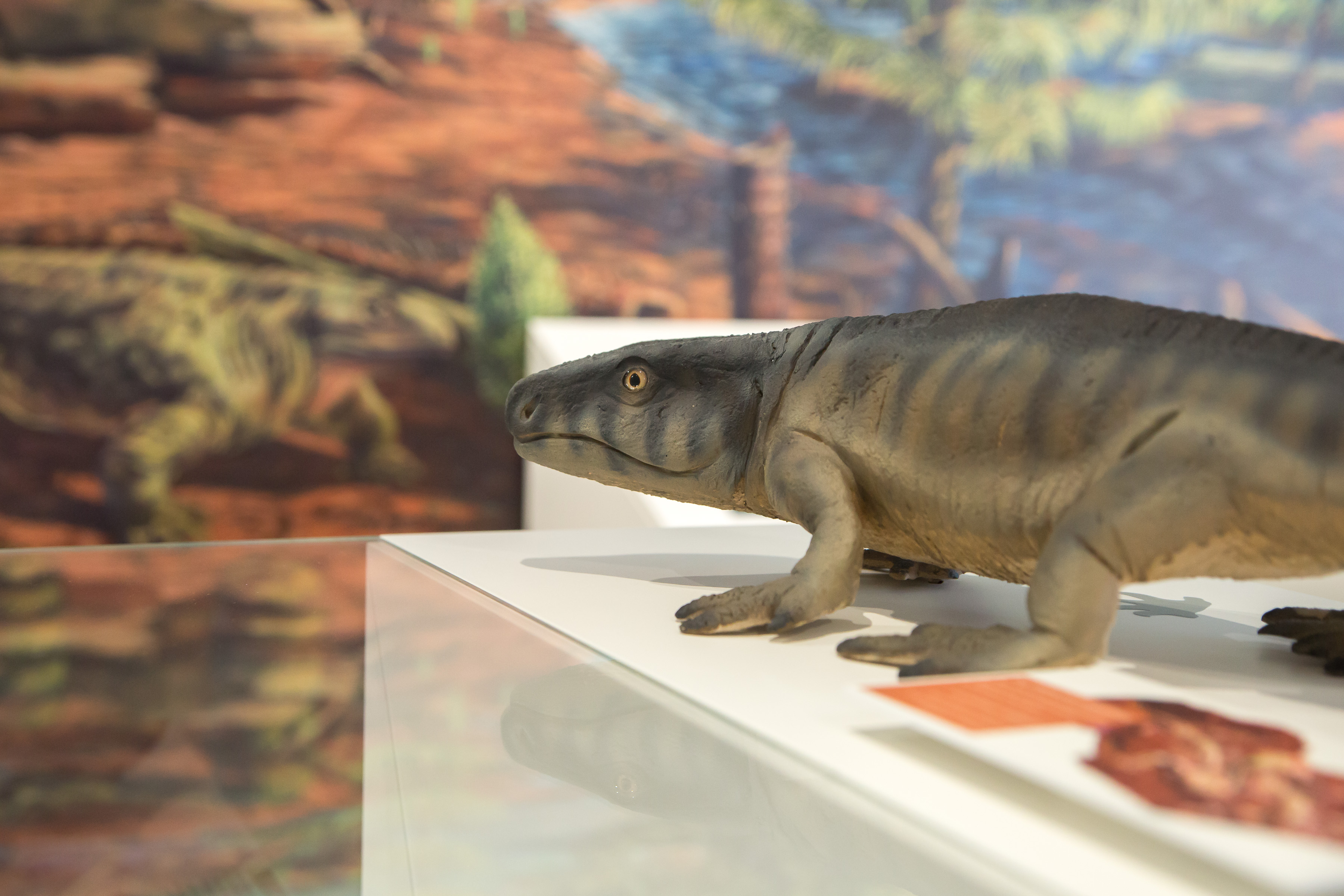 |
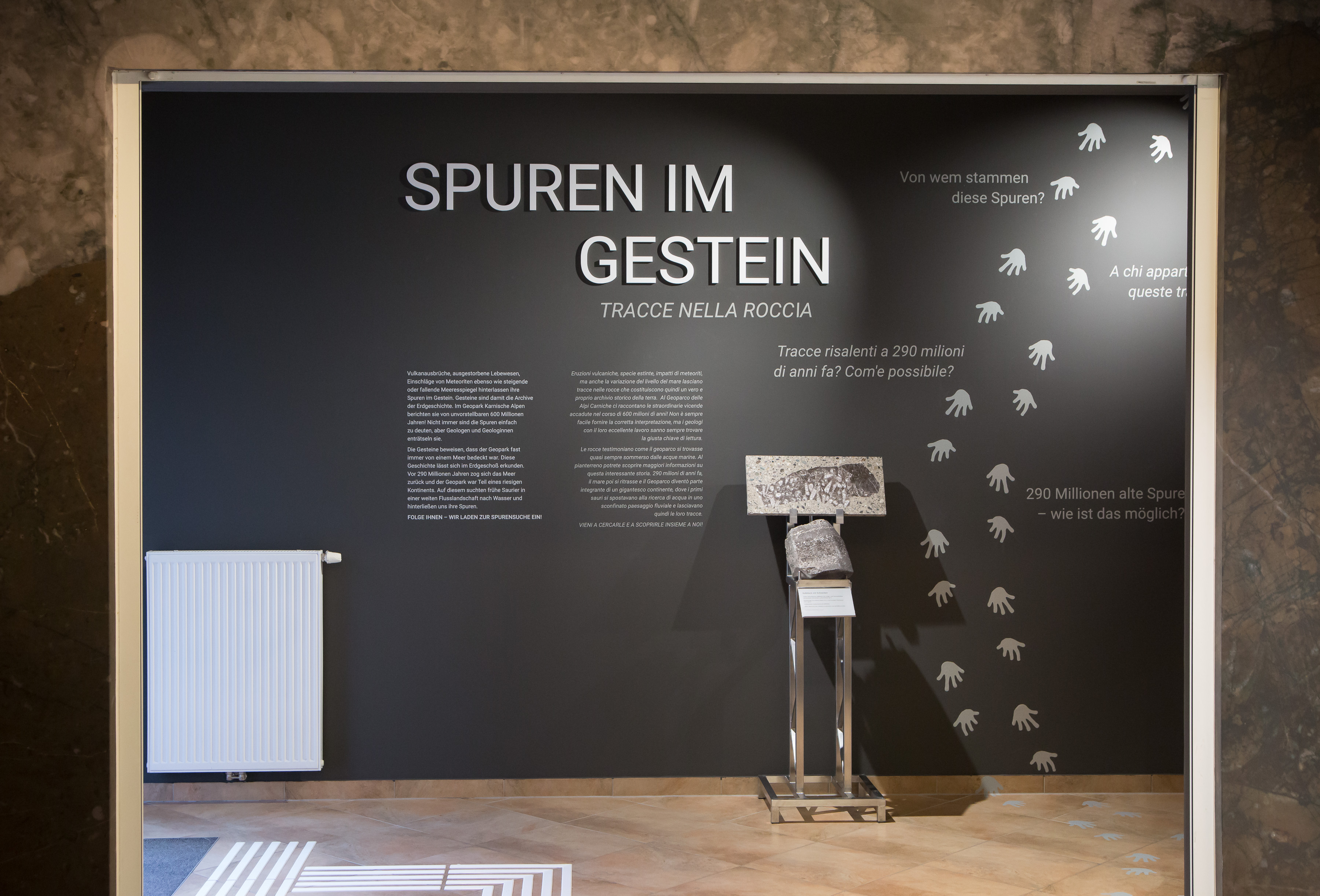 |
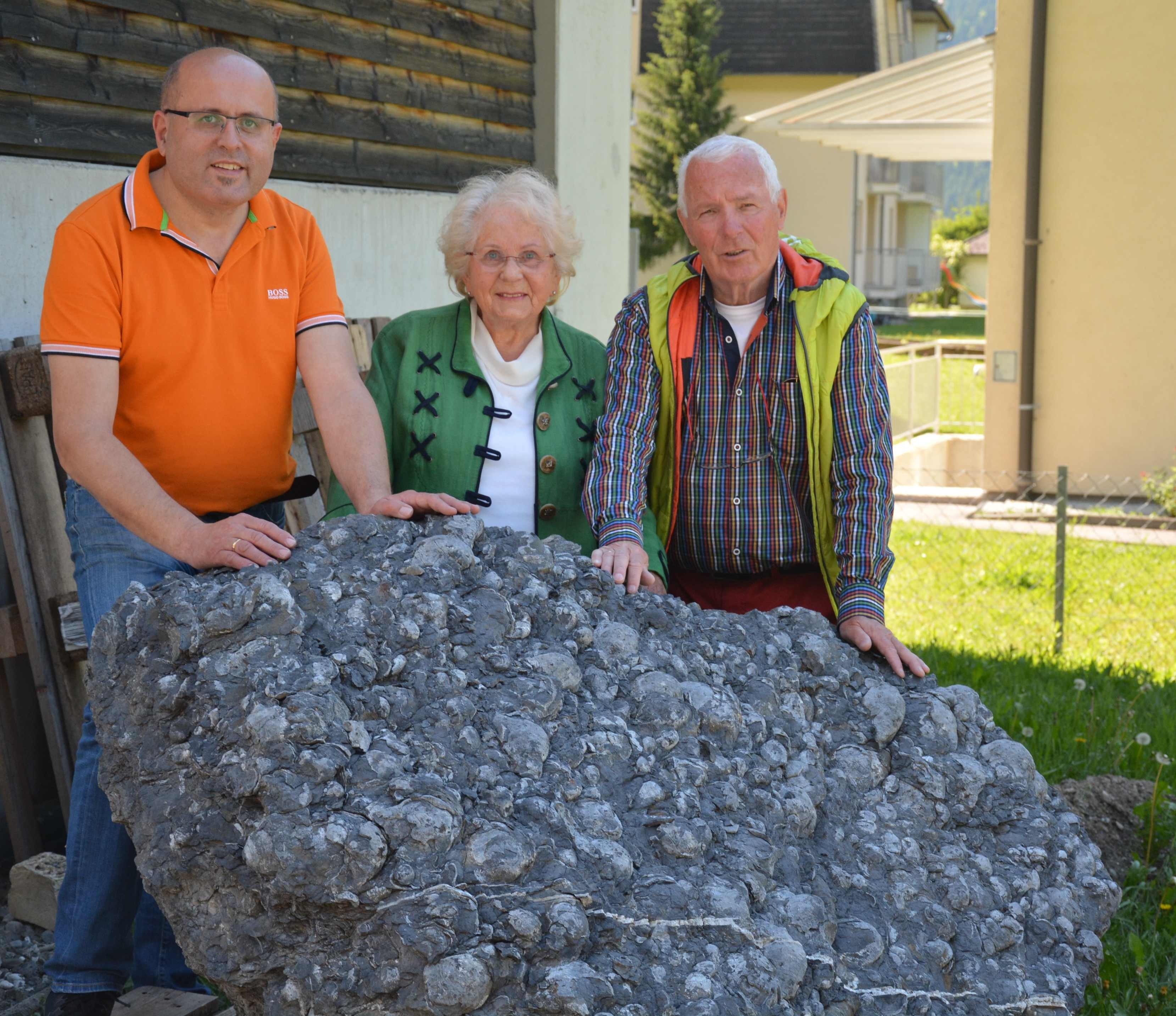 |
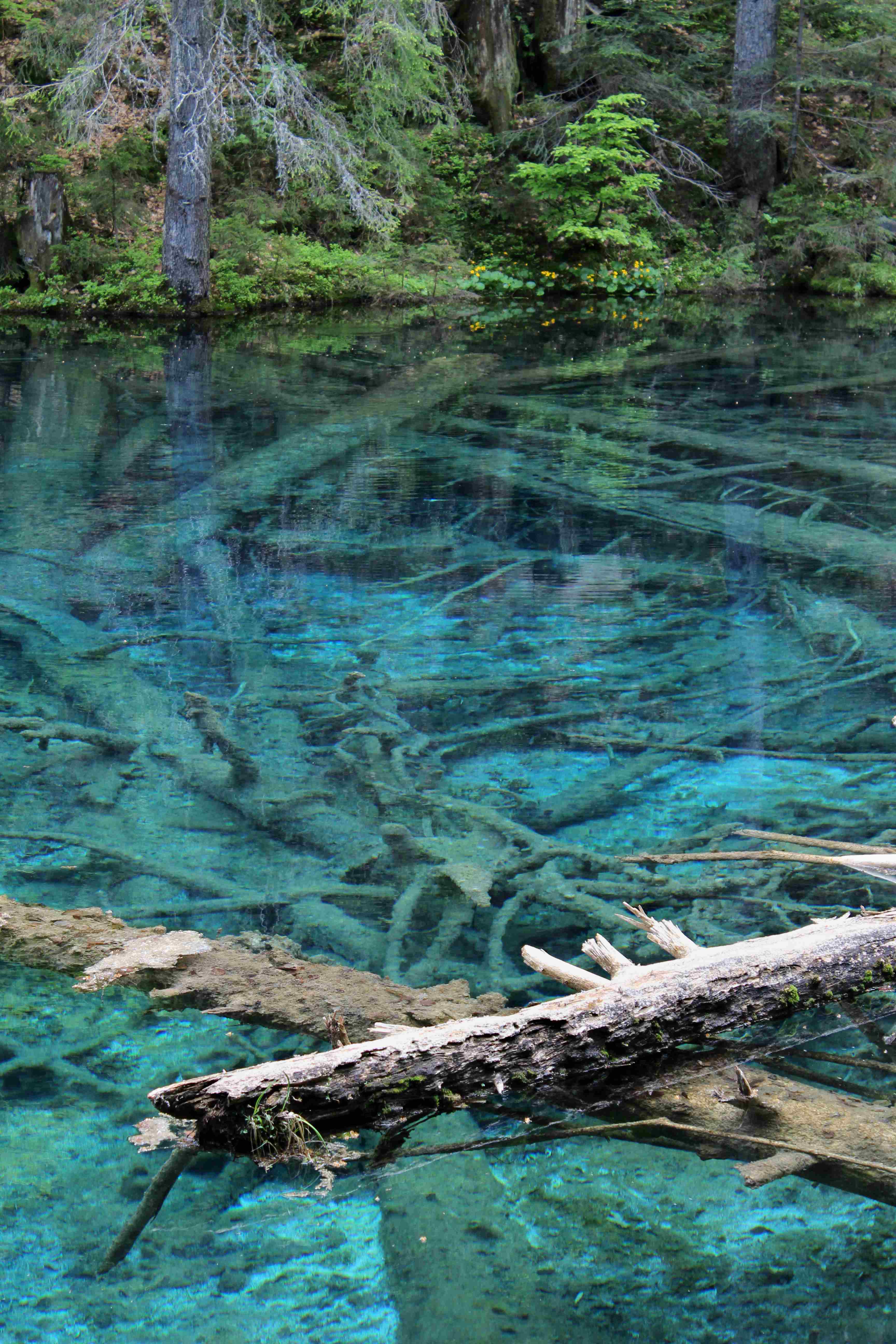 |
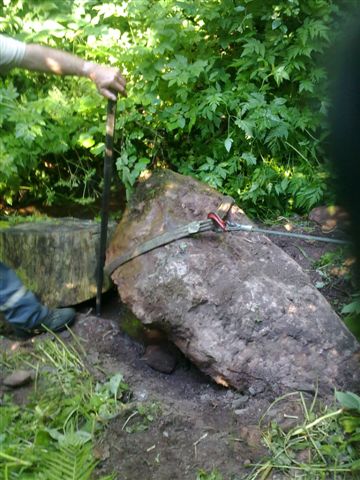 |